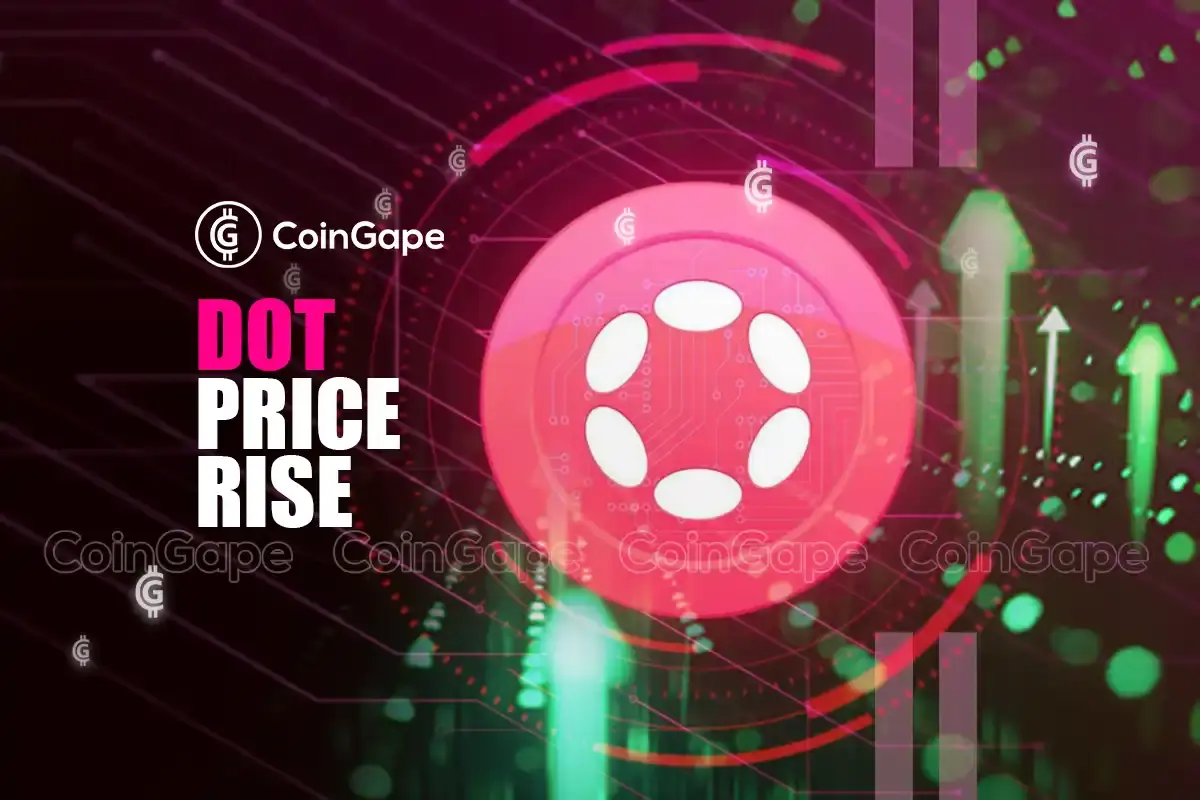
Recent investigations have revealed alarming new malware threats directed at cryptocurrency users, raising concerns about the security of digital wallets. Researchers emphasize that the safety of these wallets, often stored on personal devices, is critical. If a hacker gains access, it can lead to significant financial losses as the wallets may be emptied swiftly. The malware often masquerades as legitimate applications, eluding detection by standard antivirus programs, which adds to the risks for users.
How Do These Malware Attacks Work?
The Jamf Threat Labs team reports that the newly identified malware is believed to originate from North Korea, known for training hackers for various operations. This malware uniquely bypasses Apple’s security protocols, presenting a significant challenge for users.
What Precautions Should Users Take?
Malicious applications found on platforms like GitHub act as traps for unsuspecting victims. Although VirusTotal can analyze files for threats, the new malware employs techniques that complicate their identification. Consequently, threats can remain undetected for days, even by advanced antivirus systems. Users should be wary of software that appears to be Apple-signed, as these applications may not be trustworthy.
- Use hardware wallets to enhance security.
- Monitor data transfers regularly with antivirus tools.
- Limit the installation of unnecessary applications.
- Employ advanced tools like Wireshark for network analysis.
Security experts warn that North Korean hackers are exceptionally creative, employing tactics to exploit vulnerabilities in systems and accumulate significant cryptocurrency amounts. This ongoing threat necessitates vigilant and proactive measures from all cryptocurrency users to safeguard their assets effectively.
Disclaimer: The information contained in this article does not constitute investment advice. Investors should be aware that cryptocurrencies carry high volatility and therefore risk, and should conduct their own research.











